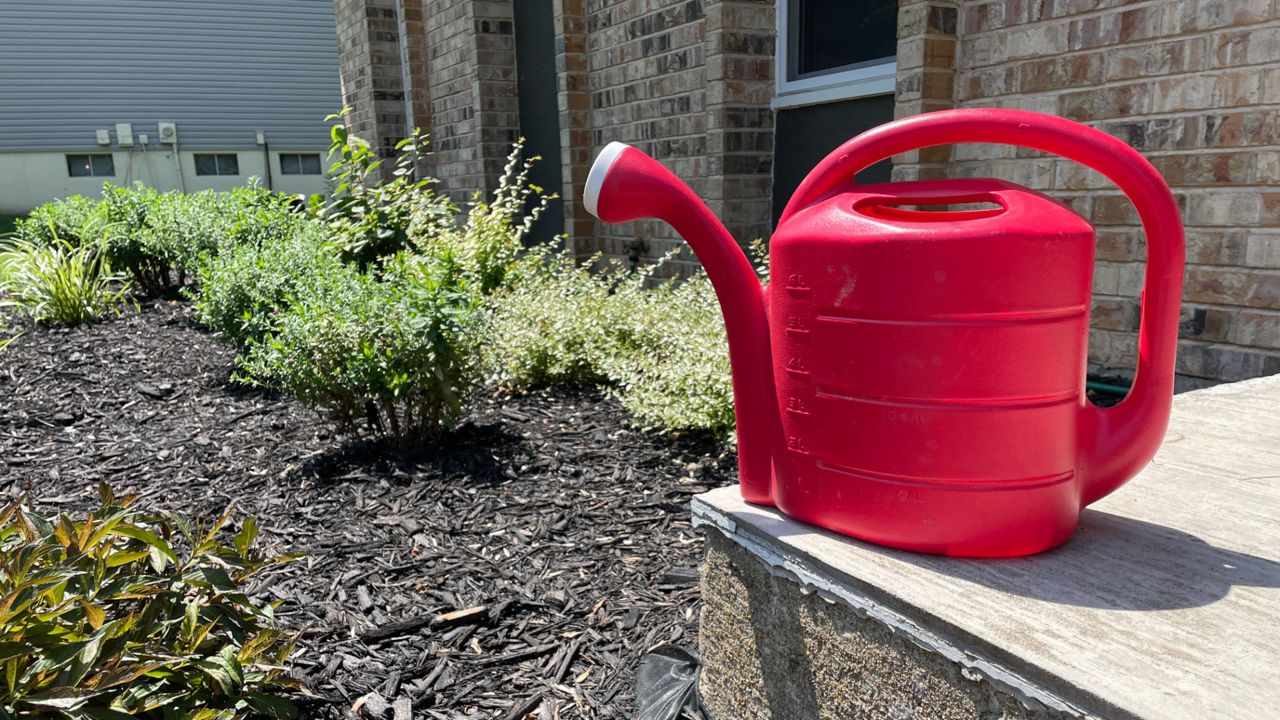It’s summer and the lack of rain is wreaking havoc on your garden. What should you do? First, don’t panic, says Abby Lapides, owner of Sugar Creek Gardens in Kirkwood, Mo. There are ways to keep that garden going, even through a drought.
Proper garden management begins with the type of plants. Lapides recommends plants native to the region.
For example, in Missouri, black-eyed susans, native grasses, any prairie type plants do best.
The benefit of native plants is their root system. “They have extremely large root systems that can extend 10-15 feet in the ground and have access to that water.” Adding that established plants can tolerate less water and be more drought resistant.
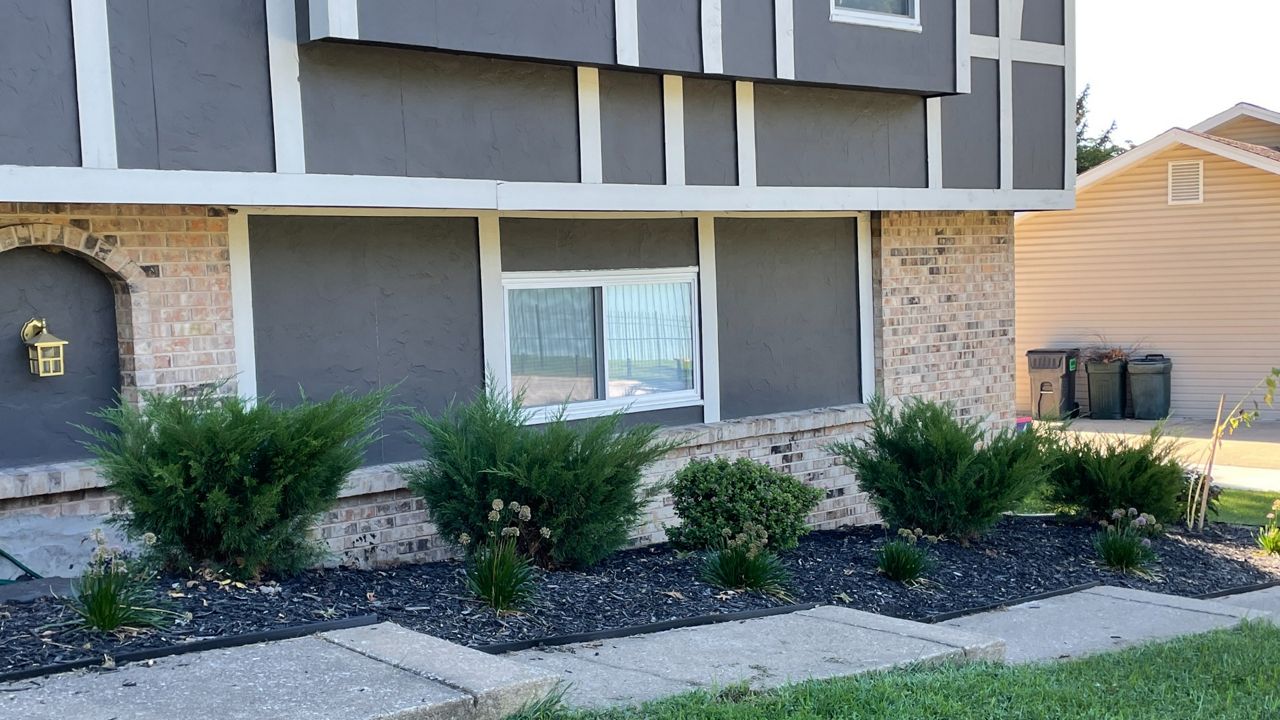
As for what time of day is best to water your garden or lawn, Lapides says “It’s really whatever time you can get to it.” However, avoid the heat of the day.
“If you do it during the heat of the day, the water droplets on the plant can act like a magnifying glass, causing the sun’s rays to heat the water, which would scorch the plant.”
Adding, if you wait until night, you risk fungi forming on the plants. “Powdery mildew is most common here in St. Louis and if left untreated can kill the plant. You want the plants to be dry by the time night comes.”
Watering early in the day allows more time for drying.
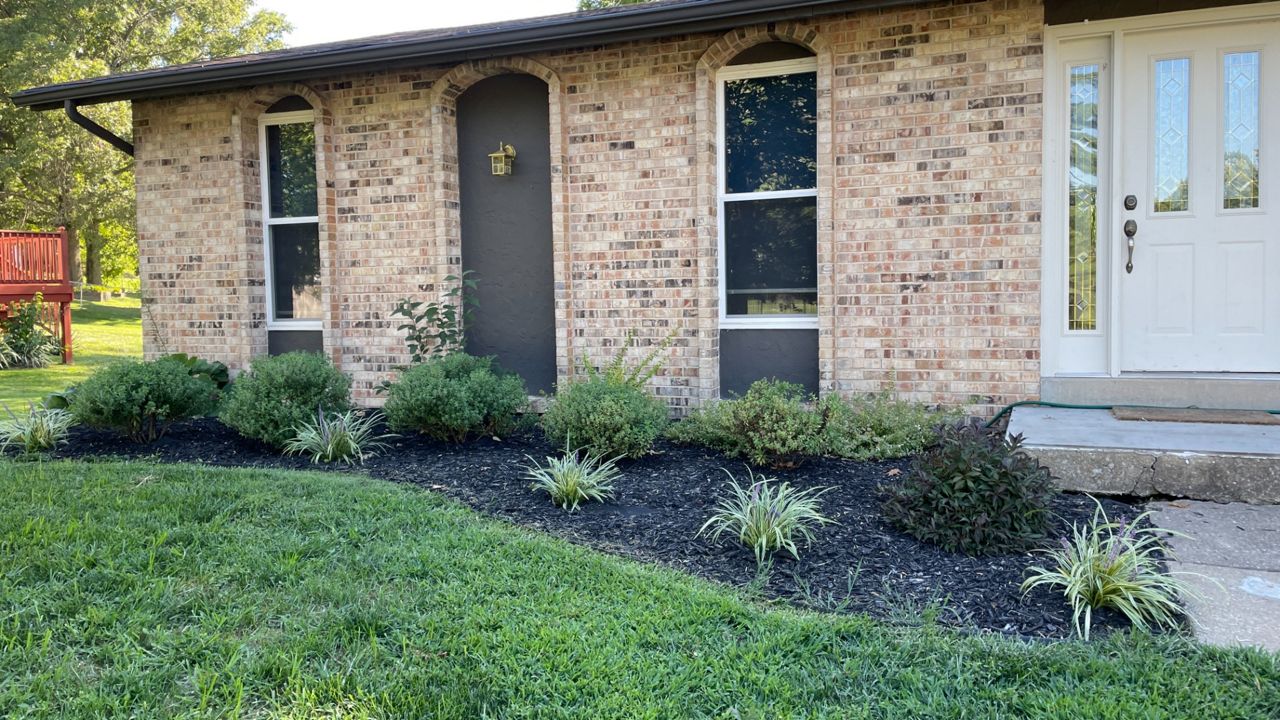
You can over water a plant and to avoid that, she recommends watering every few days. If a good soaking rain occurs, skip that day’s water. Good established plants don’t need to be watered as often.
“Plants will show stress by dropping their flowers and going into survival mode.” Observing your plants daily will clue you into when they need to be watered.
To maximize the moisture in the garden, mulch is key. Adding two–three inches of mulch will keep the roots of the plants cool. Lapides says you don’t need to mulch every year in an established garden.
“Once every other year or if new garden, after the planting season. Mulch keeps the water trapped longer. As the mulch breaks down, it slowly adds organic matter back to the soil.”
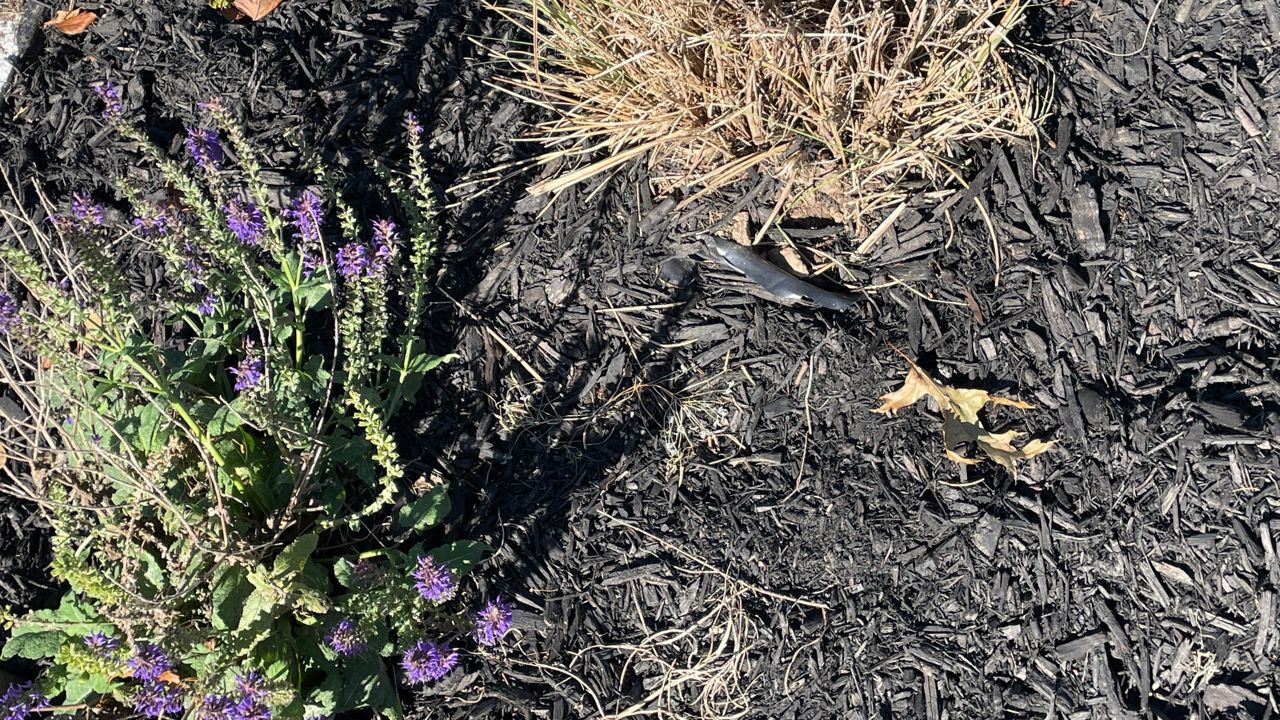
For watering plants, the tools used are important. “Not every plant needs the same amount of water. A hose is better to make sure they are getting enough water.” For lawn care, a sprinkler is okay, but “water it once a week during this drought.”
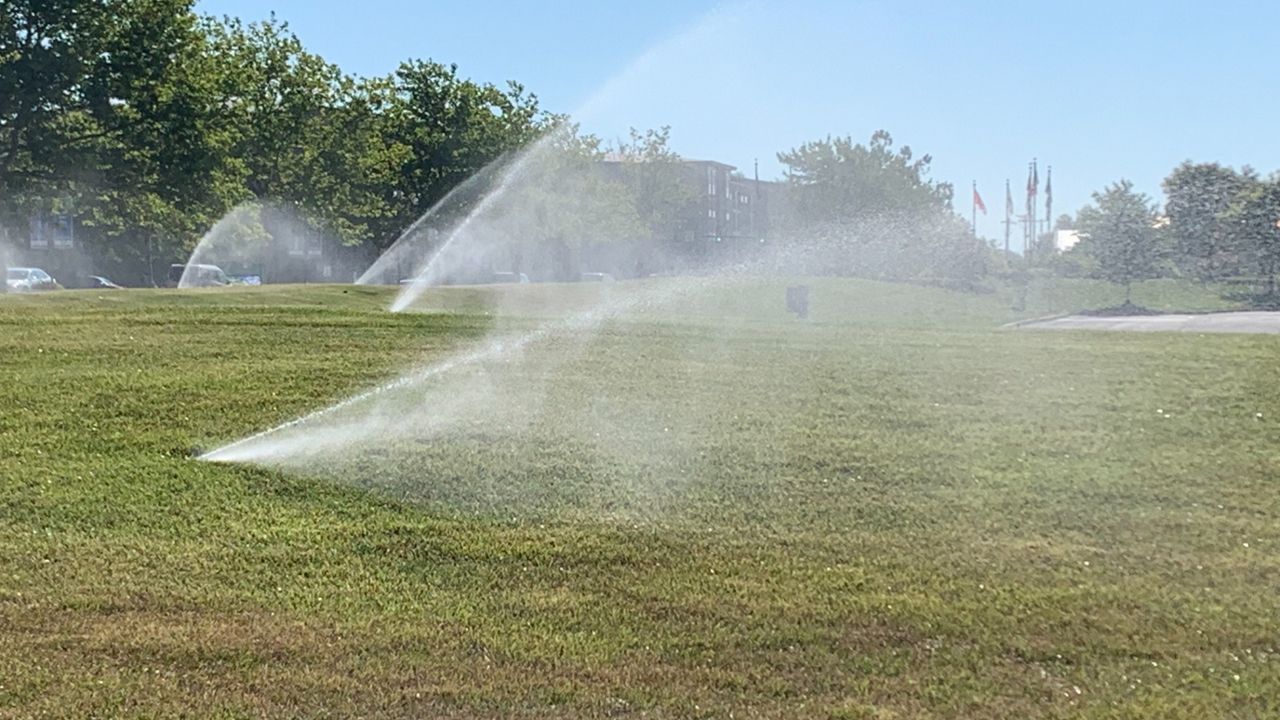
If the drought continues into the fall, Lapides says to monitor your plants for stress and, if needed, water more frequently.
Our team of meteorologists dives deep into the science of weather and breaks down timely weather data and information. To view more weather and climate stories, check out our weather blogs section.



